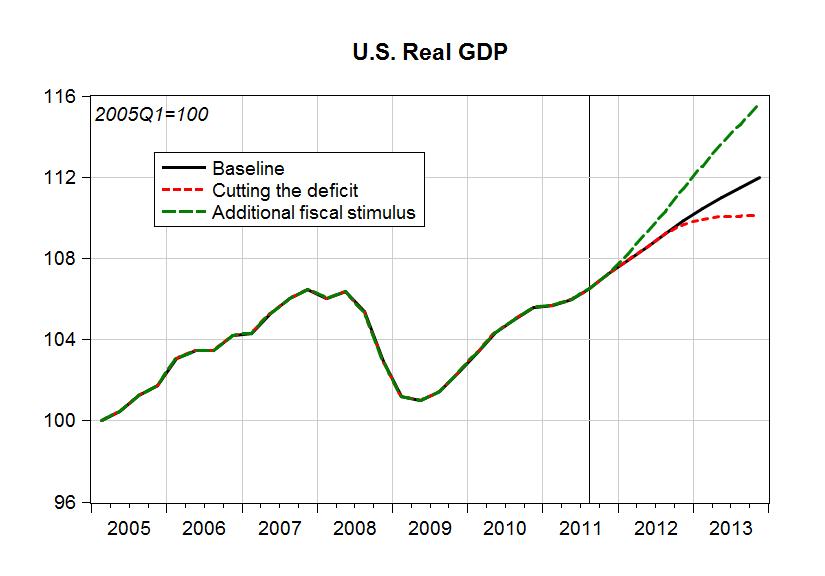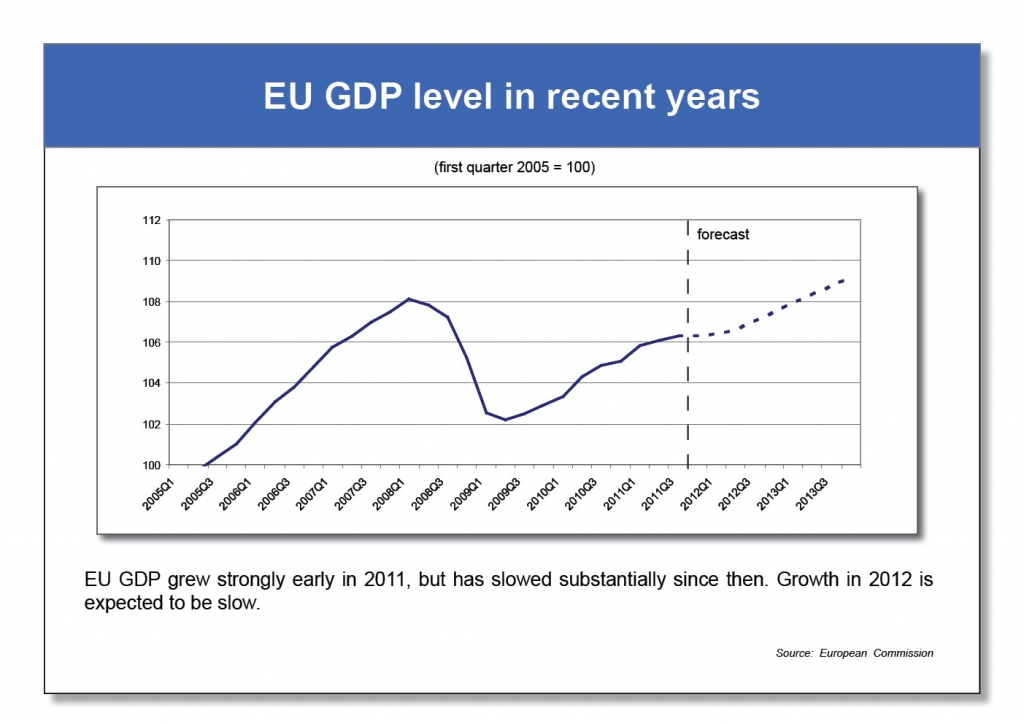L. Randall Wray | December 13, 2011
(cross posted at New Economic Perspectives)
As I reported here and over at Great Leap Forward, a new study by two UMKC PhD students, Nicola Matthews and James Felkerson, provides the most comprehensive examination yet of the Fed’s bailout of Wall Street. They found that the true total cumulative amount lent and spent on asset purchases was $29 trillion. That is $29,000,000,000,000. Lots of zeros. The number is quite a bit bigger than previous estimates. You can read the first of what will be a series of reports on their study here. I want to be clear that this is a cumulative total—and for reasons I will discuss in this post it is the best measure if we want to understand the monumental Fed effort to restore Wall Street to its pre-crisis 2007 glory.
It is certain that no government anywhere, ever, has committed so much to benefit so few. Wall Street owes the Fed a big fat wet kiss. That’s a kiss Chairman Bernanke apparently does not want.
Last week he extended the Fed’s veil of secrecy over its bail-out of Wall Street by trying to counter a recent Bloomberg analysis of the extent of the Fed’s largess with a fog of deceit. Apparently the Chairman forgot the lesson we learned from Watergate: the cover-up is always worse than the original indiscretion.
Bloomberg had found that the Fed committed $7.77 trillion to the biggest banks. Bernanke provided a memo that claimed the real total was only $1.2 trillion. The memo went on to argue that much of the Fed’s lending benefited small banks, recipients of student loans, and even manufacturing firms like Harley Davidson. Finally, it claimed that throughout the bail-out, the Fed’s actions were transparent, with Congress continually updated on the Fed’s actions.
It was quite a performance, reminiscent of the kind of misleading statements the previous Chairman, Alan Greenspan, made before the House under interrogation by the late, great, Representative Henry B. Gonzalez. Gonzalez—trying to shine a bit of light into the Fed’s secret meetings—asked whether the Fed kept tapes of its FOMC meetings (shades of Watergate). Greenspan fibbed, answering “no.” Realizing that it is not a good idea to lie to Congress, he went back to the office, convened a conference phone call of Fed officials and warned them that they likely all would be called before Gonzalez’s committee. He said it would be up to them to decide to tell the truth, or to continue the charade.
You see, the Fed did tape every meeting and had been doing so since the days of Watergate; but the tapes were transcribed and then (supposedly) erased and used for subsequent recordings. In the end, the Fed decided to tell Congress the truth, and agreed to release edited transcripts within 5 years. So on some generous interpretation, Greenspan’s fib was not a lie. You can now read the transcripts on-line. (See the FOMC transcripts for the period from October 1993 to May 1994 for discussions surrounding the wisdom of operating with greater openness—and for fascinating internal discussions about how to deal with González and Congress; see also my article.)
However—and this is a real scandal—the Fed is routinely shredding the original transcripts (only the edited versions are available). You see, the Fed claims that because it is “independent”, it is not subject to normal “sunshine laws” that require maintaining government records. And its meetings that discuss monetary policy and bank supervision are also exempt from sunshine, according to the Fed.
But that is a topic for another day even though it should be infuriating to Congress.
Let us get back to Bernanke’s 29 trillion dollar fib. continue reading…





 ShareThis
ShareThis